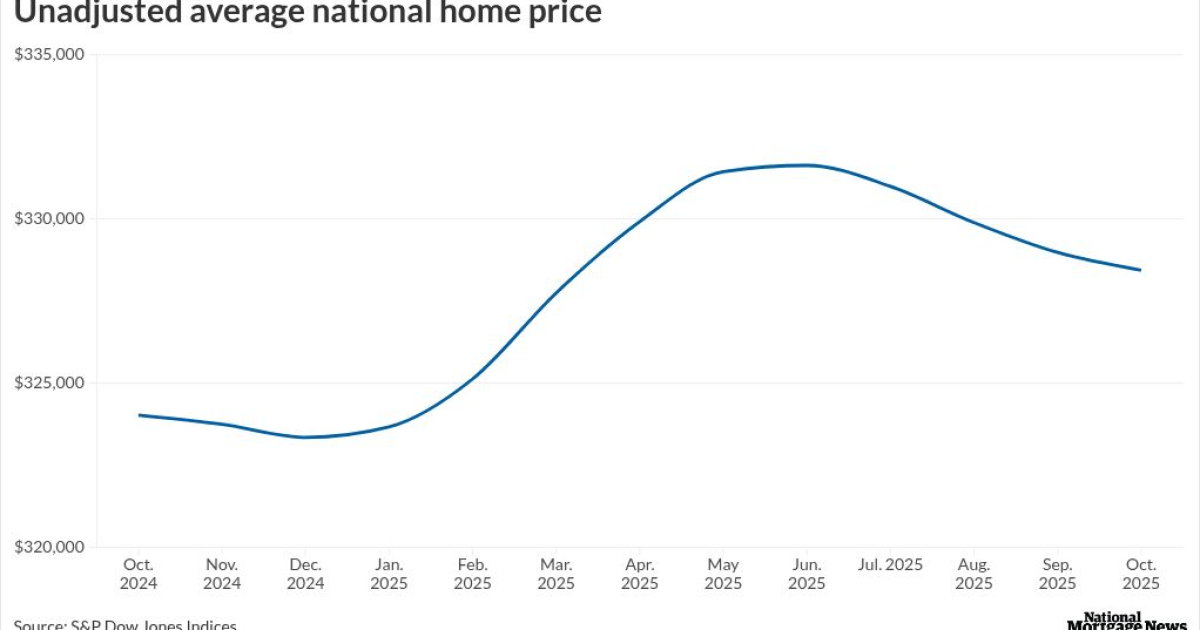
The Federal Housing Administration on Wednesday released the long-awaited redraft of a
The move follows the finalization of
"FHA and lenders have had a positive experience using our origination defect taxonomy, and we expect this new tool will provide similar benefits for our mortgage servicing partners," said Sarah Edelman, assistant secretary of single-family housing, in a press release.
The earlier draft of the servicing taxonomy divided insured loan defects into six categories and four risk tiers.
The Housing Policy Council and Mortgage Bankers Association said they were reviewing the changes at deadline,
"MBA supports the goal of improving clarity and certainty and appreciates the use of the Drafting Table, as the iterative process improves policy. We look forward to meeting with our members to formulate our comments on the proposal," Pete Mills, MBA senior vice president of residential policy, said in an email.
The descriptions for remedies and indemnification have the most significant changes and more details have been added throughout. Distinctions are made between servicing and underwriting defects.
The revised taxonomy largely retained its earlier six-category classification system, including servicing operations, account administration, delinquent and default servicing, loss mitigation processing, home retention and disposition.
It also largely preserved a similar four-tier severity categorization, with the top one reserved for fraud and "materially misrepresented information" that servicers "knew or should have known" about.
The second tier, which was previously designed for errors involving procedural concerns, specifically cites "underwriting findings that would have altered the loans approval and/or eligibility" and servicing discoveries requiring "corrective" actions like documents with missing or false information.
Both top tiers require responses, which are otherwise optional. FHA allows rebuttals for any findings.
Other types of underwriting findings not impacting eligibility or approval for insurance fall into the third tier as are those in servicing that "do not impact FHA."
Also in the third tier are certain violations of the Department of Housing and Urban Development's policy "where FHA can determine compliance with federal and/or state laws and regulations that govern servicing generally."
The fourth tier "is primarily used for findings of fraudulent or materially misrepresented information about which the mortgagee did not know or could not have known." Also in this category are "minor data integrity issues" in underwriting that don't affect eligibility or approval.
All fraud findings will be investigated "regardless of severity."
Life-of-loan indemnification is the only remedy for the first tier, but those in the second may have some alternatives.
"In some cases, multiple remedies may be necessary," according to the FHA.
The FHA also laid out some "general factors" for what will determine the term of an indemnification where flexibility is allowed.
A one-year term is possible for servicing defects only in cases where the loan is performing at the time of review and there is "documentation of a good faith effort to mitigate the finding but it is unsuccessful due to circumstances beyond the servicer's control."
Five-year indemnifications may be a response to servicing defects that are similar but involve a delinquent loan, or "an improperly completed mortgage assumption for a borrower who was not credit qualified."
Also in that category are underwriting defects related to "violations related to the borrower's credit or income, which impact the borrower's creditworthiness or capacity to repay the loan."
Five-year indemnifications may additionally address issues where there was "noncompliance with FHA requirements for verifying and documenting sufficient funds from an acceptable source to facilitate closing or for determining the assets used to qualify."
Circumstances other than fraud or material representation that require life-of-loan indemnification include servicing defects related to an FHA determination on a loan in conveyance or a claim status that involves the improper completion of a home disposition.
Also requiring lifelong indemnification are underwriting defects related to violations regarding the property's valuation or eligibility, certain borrower requirements and policy violations related specifically to Home Equity Conversion Mortgages.



